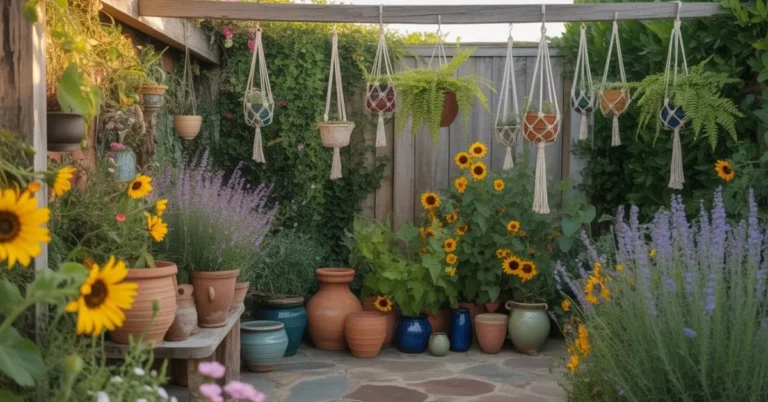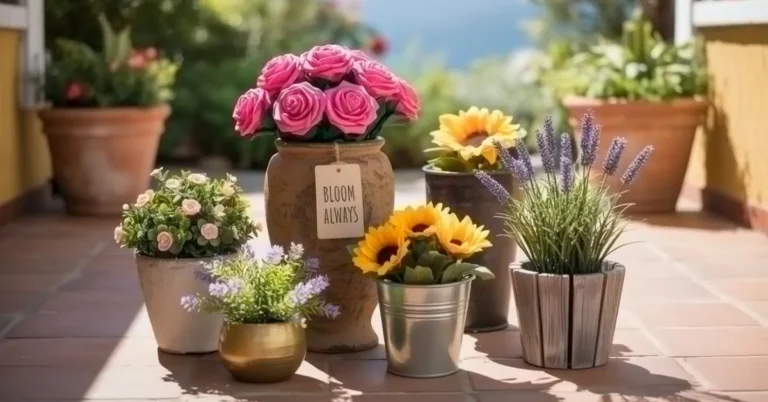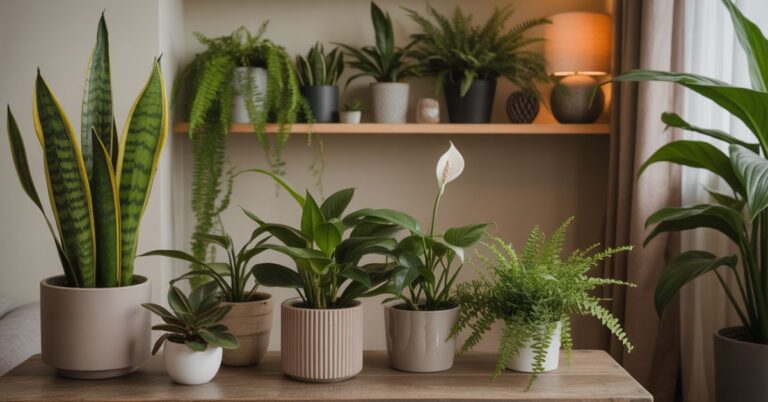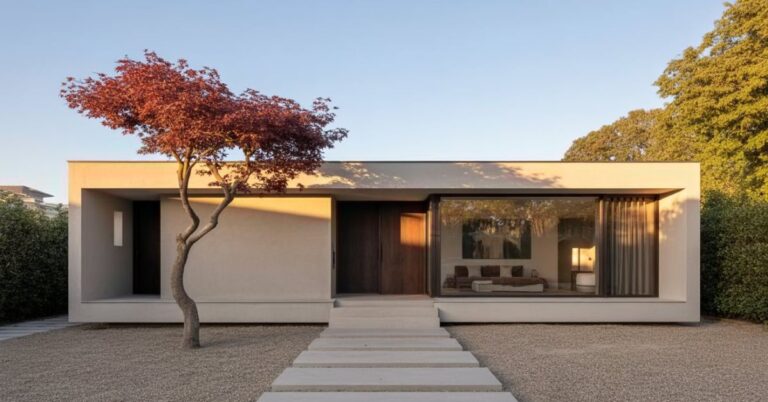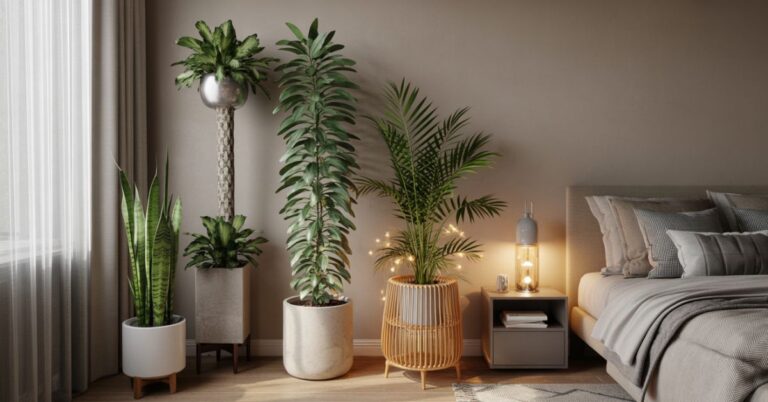Small House Elevation Design an Architectural Masterpiece
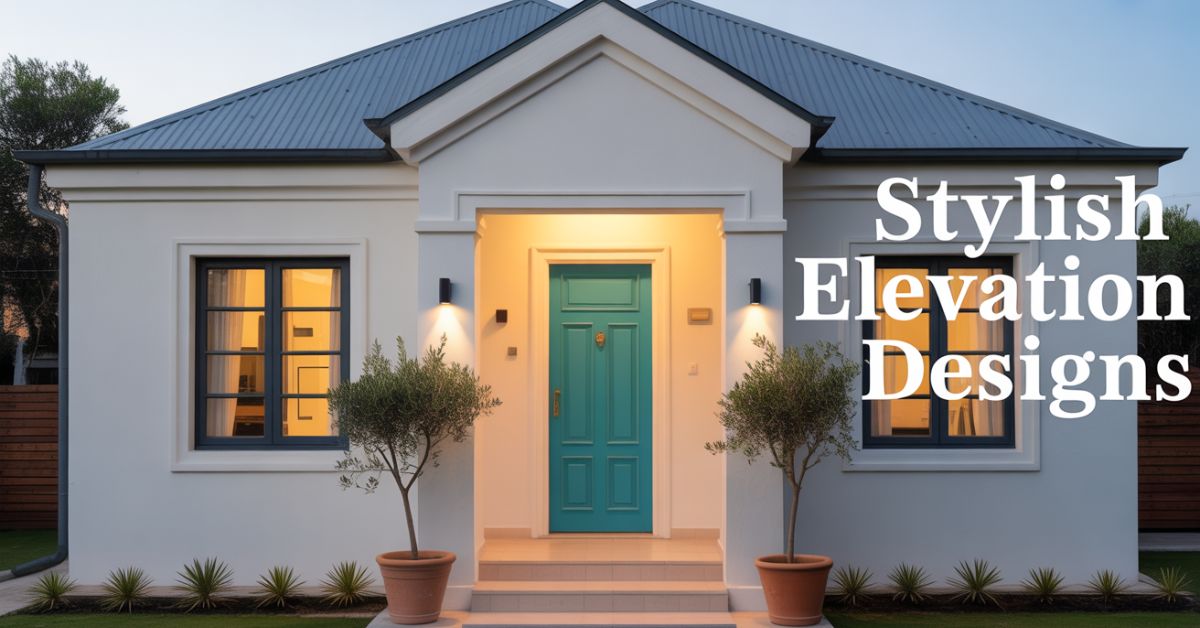
Staring at your modest home’s bland exterior while scrolling through stunning architectural photos on social media, you feel that familiar pang of disappointment, convinced that beautiful curb appeal is reserved only for sprawling estates with unlimited budgets and enormous square footage. This crushing reality hits millions of homeowners who believe their compact houses are destined to blend into the neighborhood background, forever lacking the dramatic visual impact they desperately crave. The harsh truth is that most design inspiration focuses on large homes with generous proportions, leaving small homeowners feeling forgotten and defeated.
However, here’s the game-changing revelation: masterful small house elevation design principles can transform even the most modest facade into a stunning architectural statement that rivals million-dollar homes, using strategic proportions, materials, and details that maximize visual impact regardless of your home’s actual footprint.
What Makes Small House Elevation Design Different From Large Homes?
Small House Elevation Design requires a different approach compared to large home facades due to proportional constraints and scale limitations that demand creative solutions. A well-planned Small House Elevation Design achieves maximum visual impact through strategic use of design elements rather than relying on sheer size to create architectural presence.
Proportional balance is critical in Small House Elevation Design, where every element—window placement, roofline angles, and material transitions—has a dramatic effect on overall composition. These features must work in harmony to create perceived height, balance, and visual interest without overwhelming the compact footprint.
Detail density also plays a major role in Small House Elevation Design. Trim work, texture variations, and color contrasts become focal points that enhance style and sophistication. The guiding principle is quality over quantity, where refined execution matters more than overwhelming complexity.
Finally, street presence challenges are unique to Small House Elevation Design since smaller homes must compete visually with larger neighboring structures. Through thoughtful proportioning and clever design tricks, compact houses can appear larger and more prominent while maintaining an appropriate scale within their surroundings.
How Do You Create Visual Impact With Limited Square Footage?
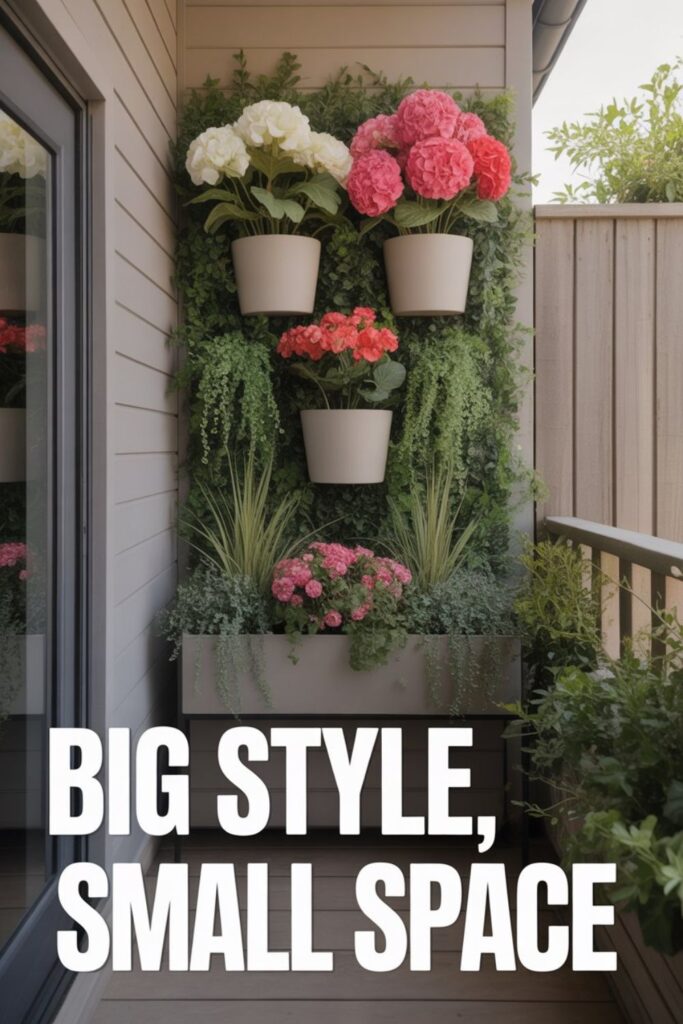
Vertical Emphasis Techniques
Height maximization is a powerful principle in Small House Elevation Design, where vertical elements create an impressive visual impact that makes compact homes appear larger and more substantial. Features such as tall windows, extended rooflines, and vertical siding patterns draw the eye upward, reinforcing the illusion of added height and architectural sophistication.
Roofline drama also plays a vital role in Small House Elevation Design. Steep pitches, multiple gables, and contemporary angular forms introduce dynamic character, transforming simple boxes into bold architectural statements. Design elements like dormers, clerestory windows, and chimney features enhance vertical complexity without requiring additional horizontal expansion.
Strategic use of two-story window arrangements and floor-to-ceiling glazing further strengthens vertical proportions in Small House Elevation Design. Stacked window configurations not only emphasize height but also flood interiors with natural light, creating both a sense of grandeur and a distinctly modern aesthetic.
Read More About: 25 Best Tall Plants for Low Light Bedrooms
Strategic Material Combinations
Material layering creates visual depth and architectural richness that elevates simple forms into sophisticated compositions. Natural stone accents, wood cladding, and metal details work together to create premium appearances that rival expensive custom homes.
From the robustness of bricks to the elegant modernity & functionality of porcelain slabs, your choice of materials can make a difference to the character and durability of your home. Contemporary material combinations mixing traditional elements with modern finishes create unique character that stands out in neighborhood contexts.
Texture contrast through smooth and rough surface combinations adds visual intrigue without requiring expensive materials or complex construction. Board and batten siding paired with stone wainscoting creates premium appearances at reasonable costs while adding architectural sophistication.
What Are the Most Popular Small House Elevation Styles for 2025?
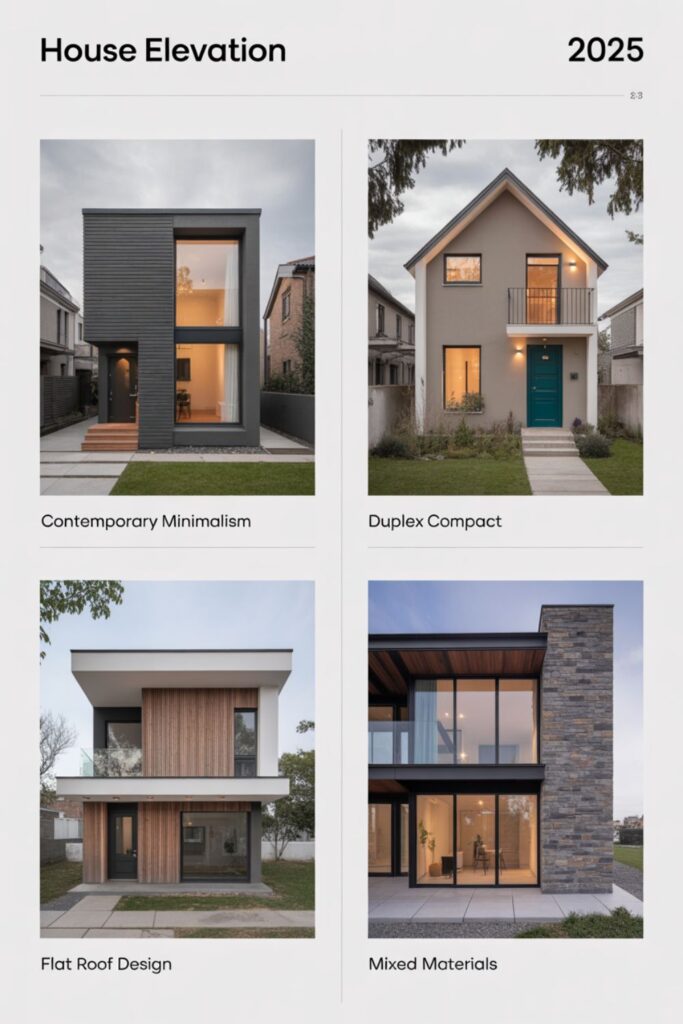
Modern Minimalist Elevations
Clean line aesthetics dominate 2025 design trends with geometric forms and simplified details that create sophisticated appearances without ornamental complexity. In 2025, minimalism leads the trend, with clean lines and functional spaces.
Flat and shed roof designs offer contemporary alternatives to traditional pitched roofs while creating opportunities for unique window arrangements and dramatic overhangs. Asymmetrical compositions add visual interest while maintaining clean, modern proportions.
Monochromatic color schemes with strategic accent colors create cohesive appearances that feel intentional and sophisticated. Large format materials like metal panels and fiber cement boards reduce visual complexity while creating premium modern aesthetics.
Contemporary Traditional Blends
Farmhouse modern combinations are increasingly popular in Small House Elevation Design, blending classic proportions with contemporary details to create timeless yet current appearances. Board and batten siding paired with large modern windows strikes the perfect balance between traditional comfort and modern sophistication.
Craftsman influences also enhance Small House Elevation Design through architectural character such as exposed rafter tails, stone foundations, and inviting covered porches. These elements maintain human-scale proportions while mixed material palettes, natural wood, stone accents, and metal roofing, add rich visual texture and depth.
Transitional styling provides even greater flexibility in Small House Elevation Design, appealing to homeowners who value both traditional warmth and modern efficiency. Simplified details and updated proportions ensure that classic architectural styles feel fresh, functional, and aligned with today’s design trends.
Industrial and Urban Styles
Warehouse-inspired design brings urban sophistication to small residential scales through steel frame elements, concrete panels, and industrial window styles. Raw material aesthetics create authentic character that appeals to modern sensibilities.
Container house influences offer affordable alternatives for small house design while providing unique architectural character. Corrugated metal siding, shipping container proportions, and industrial hardware create distinctive appearances at budget-friendly costs.
Loft-style elevations incorporate large glazing areas, exposed structural elements, and minimal ornamentation to create sophisticated urban aesthetics. Steel and glass combinations provide premium appearances while maintaining cost-effective construction methods.
Which Materials Work Best for Small House Elevations?
Cost-Effective Premium Alternatives
Fiber cement siding is a standout choice in Small House Elevation Design, offering the warmth and character of wood without the ongoing maintenance or premium costs of natural materials. Advanced manufacturing techniques create highly realistic wood textures, delivering authentic curb appeal while ensuring durability and superior weather resistance.
Manufactured stone veneer is another smart material for Small House Elevation Design, providing the natural beauty of stone at a fraction of the cost of full masonry. Its lightweight nature and consistent quality make it an ideal solution for compact homes where budget limitations rule out expensive natural stone applications.
Metal roofing systems elevate the look of Small House Elevation Design with a premium finish and exceptional longevity that justifies their higher initial investment. Standing seam profiles and architectural metal shingles create bold, sophisticated rooflines that enhance both durability and overall design presence.
Trending 2025 Material Combinations
Traditional elements like wood and brick remain popular, offering timeless appeal. Mixed material palettes combining classic and contemporary elements create a unique character that avoids trendy appearances likely to date quickly.
Porcelain slab applications represent cutting-edge facade technology that provides unlimited design flexibility with superior performance characteristics. Porcelain slabs are revolutionizing house elevations by combining practicality with cutting-edge design, making them a top choice for architects and homeowners in 2025.
Sustainable material choices including recycled content products and locally sourced materials support environmental consciousness while often providing cost advantages. Reclaimed wood accents, recycled steel elements, and sustainable composites create authentic character with eco-friendly benefits.
Maintenance and Durability Considerations
Low-maintenance material selection becomes crucial for small house owners who want premium appearances without ongoing upkeep burdens. Composite materials, vinyl alternatives, and factory-finished products reduce long-term maintenance costs while maintaining attractive appearances.
Climate-appropriate choices ensure material longevity and performance consistency in local weather conditions. Regional material preferences often provide best value and aesthetic fit while supporting local suppliers and installation expertise.
Quality investment priorities help budget-conscious homeowners focus spending on most impactful elements while economizing on less visible components. Front facade priorities over side and rear elevations maximize curb appeal impact within limited budgets.
How Do You Maximize Curb Appeal on a Small Budget?
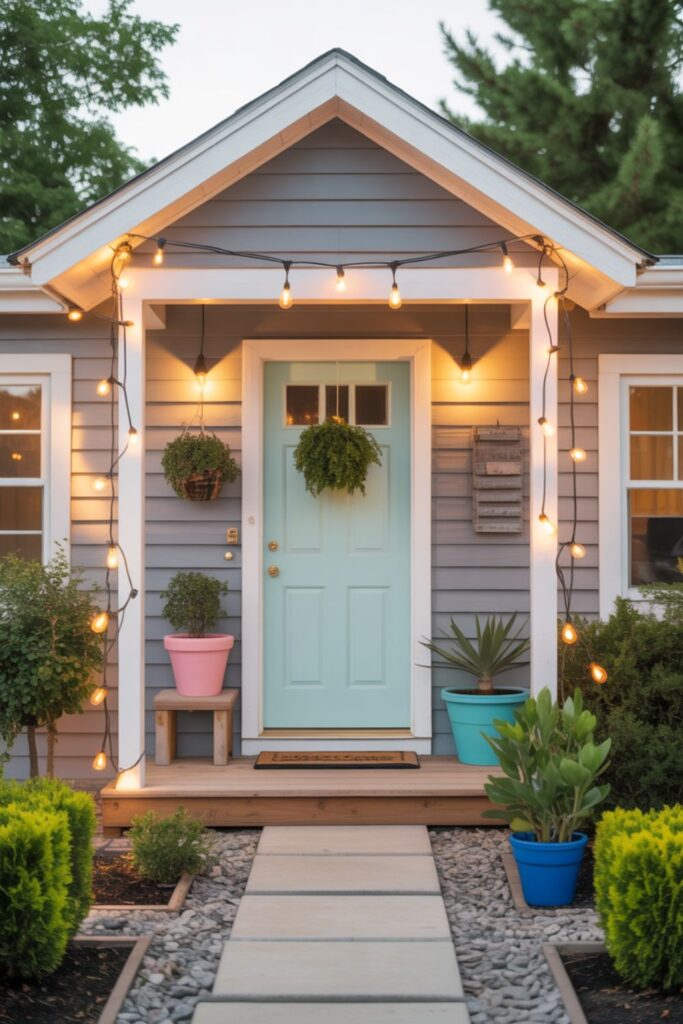
High-Impact, Low-Cost Improvements
Paint selection is one of the most cost-effective upgrades in Small House Elevation Design. Strategic color choices can visually enlarge compact homes, emphasize architectural details, and achieve a sophisticated appearance with minimal investment.
Trim work enhancements also play a key role in Small House Elevation Design. Simple additions such as moldings, window surrounds, and corner boards introduce character and depth without requiring costly structural changes. These DIY-friendly improvements make architectural detailing accessible for budget-conscious homeowners who are willing to invest time and effort.
Landscape integration further elevates the curb appeal of Small House Elevation Design. Thoughtful plantings, improved pathways, and well-placed outdoor lighting enhance architectural presence while creating a welcoming atmosphere. Foundation plantings and entry gardens deliver immediate visual impact, adding beauty and increasing property value at the same time.
Strategic Upgrade Prioritization
Entry focus maximizes visitor impressions through concentrated improvements around front doors and entry areas. Door replacements, porch additions, and entry lighting create welcoming appearances that enhance overall home impressions.
Window upgrades deliver dual benefits of improved energy efficiency and enhanced aesthetics through modern frames, better proportions, and architectural styling. Window replacement often provides significant visual transformation while adding functional value.
Roofline enhancements through architectural shingles, enhanced gutters, and decorative elements create premium appearances that justify investment costs. Roof replacement timing allows aesthetic upgrades during necessary maintenance cycles.
DIY vs. Professional Considerations
Skill-appropriate projects help homeowners contribute personal labor while ensuring quality results. Painting, basic landscaping, and simple trim work suit DIY capabilities while structural changes require professional expertise.
Permit requirements affect project scope and cost considerations for elevation improvements. Cosmetic changes typically avoid permit costs while structural modifications require professional drawings and municipal approvals.
Timeline planning coordinates multiple improvement phases to minimize disruption while maximizing visual impact. Seasonal considerations affect material availability, weather constraints, and contractor scheduling for optimal project timing.
What Are Common Small House Elevation Design Mistakes?
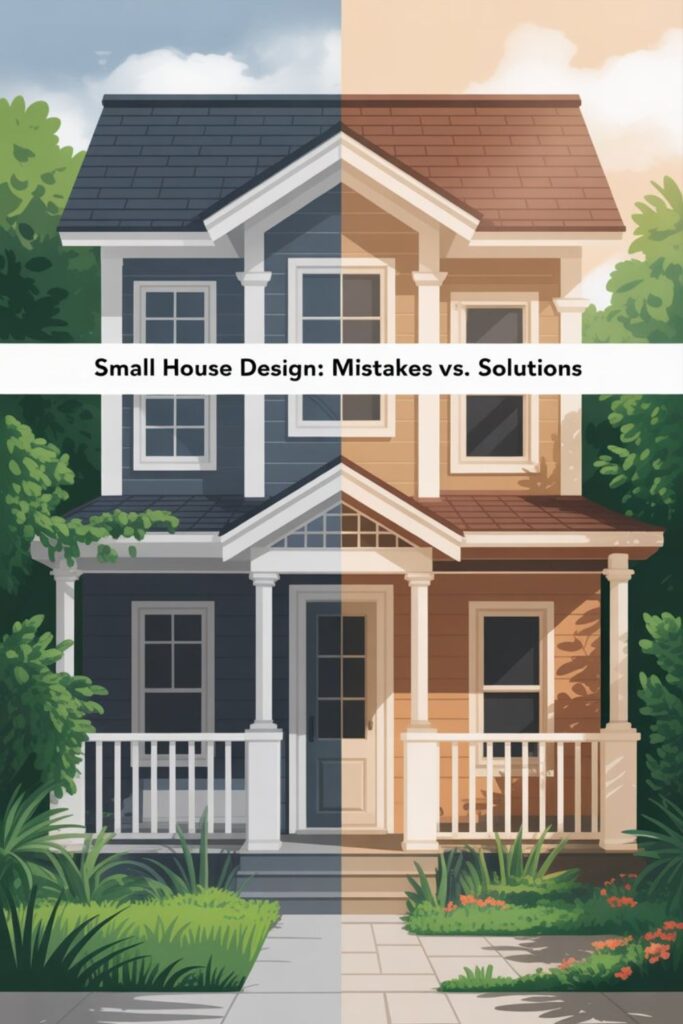
Proportional Errors and Scale Issues
Oversized elements create visual imbalance that makes small houses appear even smaller by overwhelming compact proportions. Window sizes, door scales, and architectural details must maintain appropriate relationships to overall building dimensions.
Undersized features create weak visual presence that fails to establish architectural character or street presence. Inadequate trim sizes, minimal roof overhangs, and tiny windows make small houses appear cheap rather than charming.
Inconsistent scale relationships between different elevation elements create chaotic appearances that lack design coherence. Unified proportional systems ensure all components work harmoniously to support overall design goals.
Read More: Low Light House Plants Bedroom Create Your Perfect Sleep
Material and Color Selection Mistakes
Too many materials create busy appearances that fragment visual unity and make small elevations appear cluttered rather than sophisticated. Material restraint with strategic accents creates cleaner, more elegant appearances.
Inappropriate color choices can visually shrink small houses or create unwanted attention that highlights size limitations. Color psychology and neighborhood context should guide palette selection for optimal visual impact.
Poor material transitions create awkward joints and construction details that compromise professional appearances. Thoughtful material planning ensures clean terminations and logical material relationships.
Budget Allocation Problems
Misplaced priorities waste limited budgets on low-impact improvements while neglecting high-visibility elements. Front facade focus maximizes curb appeal impact compared to uniform spending across all elevations.
Quality compromises in visible areas create cheap appearances that undermine design intentions. Strategic quality investment in prominent features with reasonable alternatives for less visible elements optimizes budget allocation.
Maintenance oversight creates ongoing costs that exceed initial savings from cheap material choices. Life cycle cost analysis helps identify optimal material investments for long-term value.
Frequently Asked Questions
What is the most cost-effective way to improve small house curb appeal?
Paint selection offers maximum transformation for minimal investment, with strategic color choices creating visual enlargement and architectural emphasis. Trim additions and landscape improvements provide additional high-impact options within modest budgets.
How do you make a small house look bigger from the street?
Vertical design elements like tall windows, steep rooflines, and vertical siding patterns create height illusion. Light color palettes and strategic material placement also enhance perceived size while maintaining authentic proportions.
What are the best materials for small house elevation design in 2025?
Glass and brick designs are highly favored for their modern and classic appeal, respectively. Fiber cement siding, manufactured stone veneer, and metal roofing provide premium appearances at reasonable costs with excellent durability.
Should small houses use bold or neutral colors?
Neutral base colors with strategic bold accents typically work best, creating sophisticated appearances without overwhelming compact proportions. Dark colors can visually shrink small houses while light colors enhance perceived size.
How much should I budget for small house elevation improvements?
Cosmetic improvements range $5,000-15,000 for paint, trim, and landscaping, while material upgrades can reach $20,000-50,000 depending on scope and quality choices. Prioritize the front facade for maximum impact.
What architectural styles work best for small house elevations?
Modern minimalist, contemporary farmhouse, and simplified traditional styles work exceptionally well for small elevations. Clean lines and restrained detail create sophisticated appearances that enhance rather than overwhelm compact proportions.
Conclusion
Transforming your compact home with thoughtful Small House Elevation Design proves that architectural excellence depends not on square footage, but on intelligent proportions, strategic material choices, and confident design execution. With the right approach, you can create stunning curb appeal that rivals homes twice the size—all while working within realistic budgets and practical constraints. From vertical emphasis techniques that make modest homes appear taller to smart material combinations that deliver premium aesthetics without premium costs, Small House Elevation Design offers endless opportunities for sophistication and style.
The secret to successful Small House Elevation Design lies in recognizing that limitations often inspire the most creative solutions. Begin with high-impact, budget-friendly upgrades such as paint selection and quality trim work to achieve an immediate transformation. Over time, layer in material enhancements, refined details, and architectural accents that reflect your personality and long-term vision. Ultimately, the most stunning Small House Elevation Design succeeds through confident simplicity, thoughtful scale relationships, and masterful execution, proving that even the smallest homes can make the biggest impression.

